Reporter Qin Congcong Correspondent Li Lingyu Hou Yanmei
With the improvement of people’s living standards, the rate of sudden cardiac death continues to rise. The success rate is less than 1%. When heartbeat and respiratory arrest are caused by various reasons, “CPR” is the most effective emergency rescue technique.
In order to strengthen the first aid ability of non-medical staff and standardize the mastery of the core theory of CPR, at 8:00 on May 30, Jinan Maternal and Child Health Hospital interviewed 12 people from Jinan Infant Nursing Service Industry Association. Caregivers are trained in the American Heart Association (AHA) Basic Life Support (BLS) International Certification Course.
This training is conducted by Director of Health Education Department Chen Yan as the contact person, and members of the AHA-BLS team of Jinan Maternal and Child Health Hospital Clinical Skills Training Center AHA-BLS Team Director Liu Wei, Director of Obstetrics and Gynecology Emergency Department Yu Chunmei Instructors, the Education Division, as the undertaker, will jointly hold the first “BLS training for non-medical staff” in 2022.
Hou Yanmei, Director of the Education Department, firstly expressed her gratitude to all the trainees for coming, followed by introducing the basic situation of the two tutors in turn, and finally expounding the importance of BLS and the necessity of learning. I hope everyone can pass this training. Learn something and learn something.
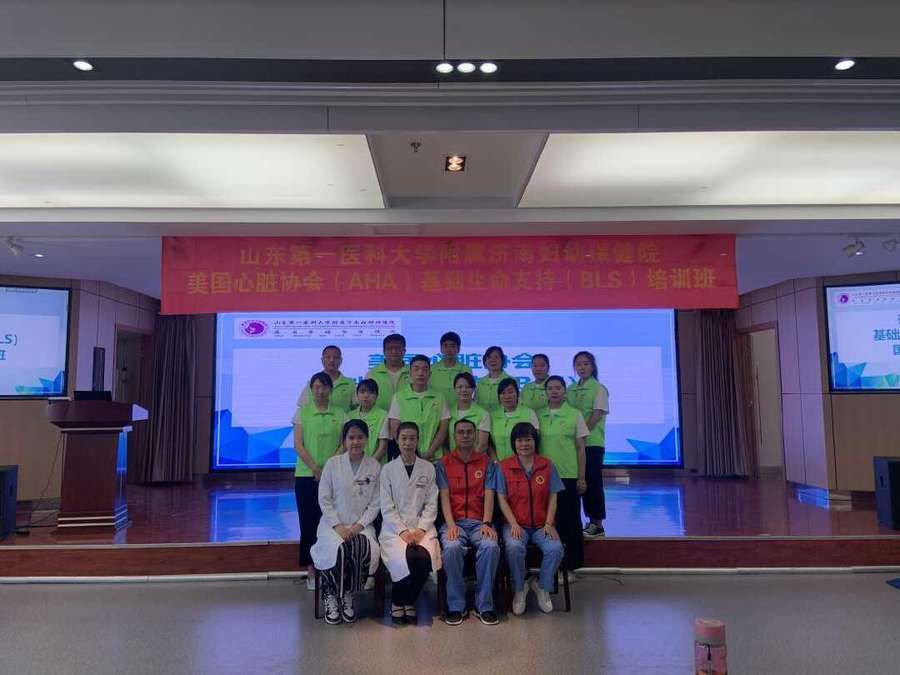
In the training session, Director Liu Wei first explained the importance of cardiopulmonary resuscitation through a simulated process video. Then, the operation steps of adult cardiopulmonary resuscitation, the steps and operation points of CPR, the use of AED, and double rescue were carefully explained.
Director Yu Chunmei patiently instructed the trainees on the specific operation steps on the spot, especially emphasizing the precautions for judging whether there is a loss of consciousness, judging whether there is spontaneous breathing, whether there is a pulse, opening the airway, and E-C manipulation during cardiopulmonary resuscitation .
Afterwards, Director Yu Chunmei explained the operation steps of infant CPR and the differences from adult CPR, and focused on Heimlich Maneuver, Director Liu Wei immediately performed the operation among the students guide.
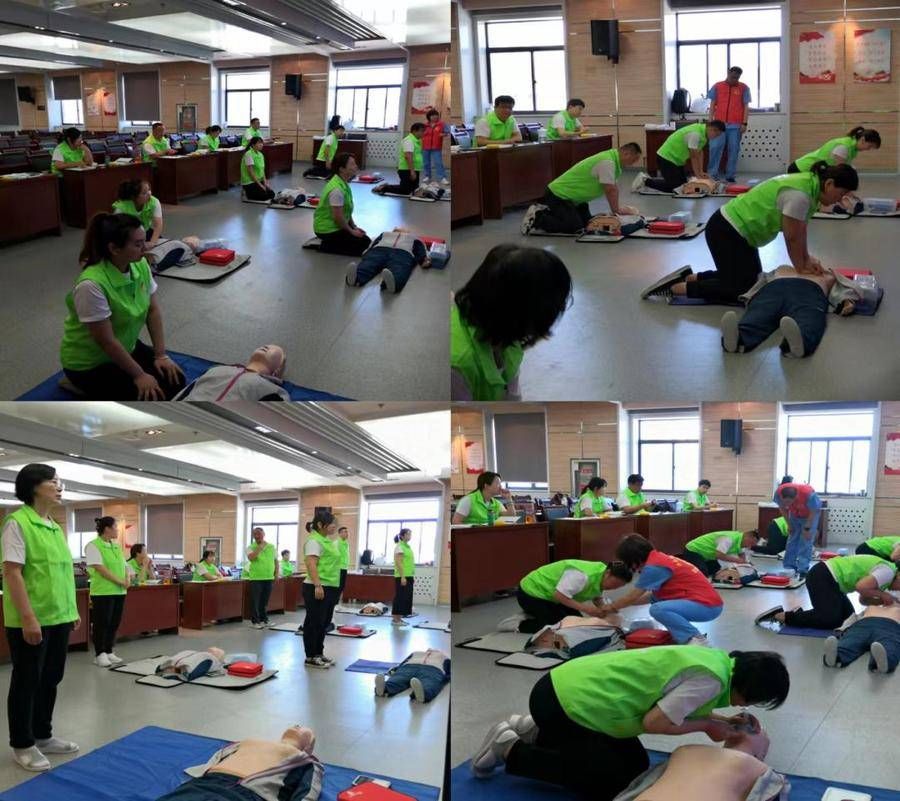
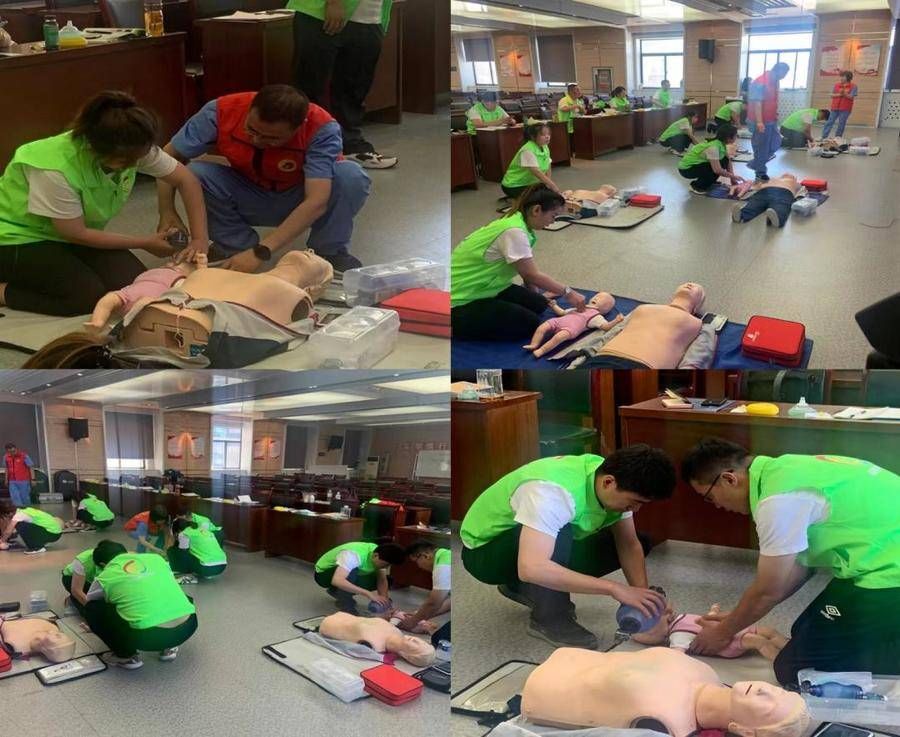
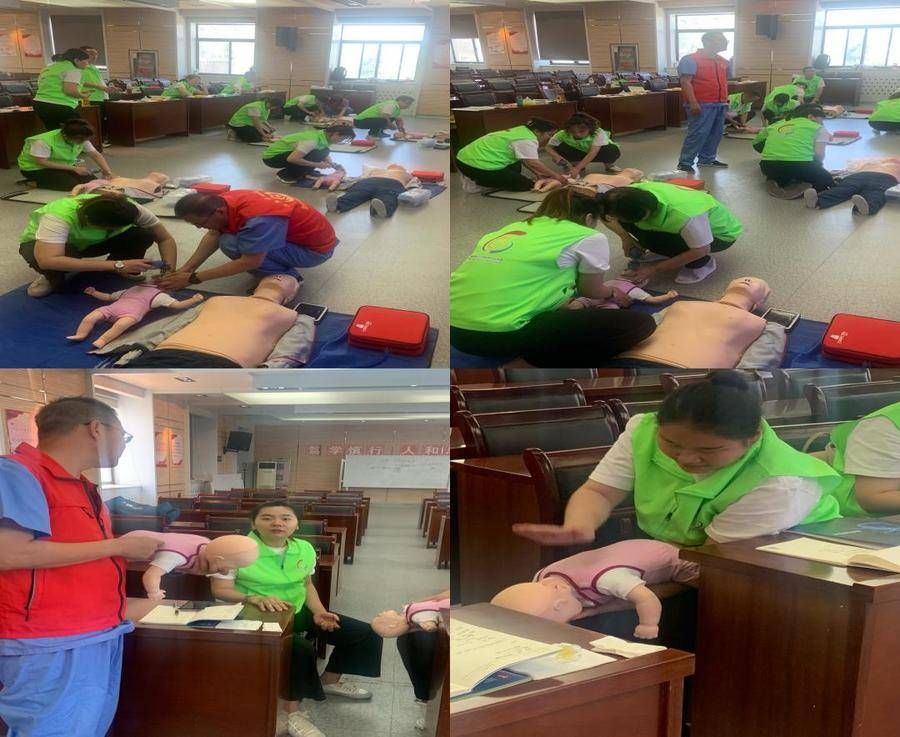
In the practical operation, two The director carefully guided the training participants to perform on-site operations, from environmental assessment to chest compressions, from manipulation requirements to time control, requiring everyone to perform cardiopulmonary resuscitation operations in accordance with standards, and to impart CPR experience and skills. Strive for every action standard, in place.
After each key ambulance knowledge was explained, everyone was eager to try it out, actively asked questions, and participated in the practical exercise.
At the same time, in order to test the learning effect of the trainees, the training instructor arranges the on-site trainees to conduct skill assessments and answer questions in the written test. Under the personal demonstration and hands-on guidance of professional doctors, they learned the basic operation methods of CPR. Everyone said that the training was very practical. They learned the skills of self-rescue and mutual rescue in emergency situations, and improved their emergency care capabilities. made.
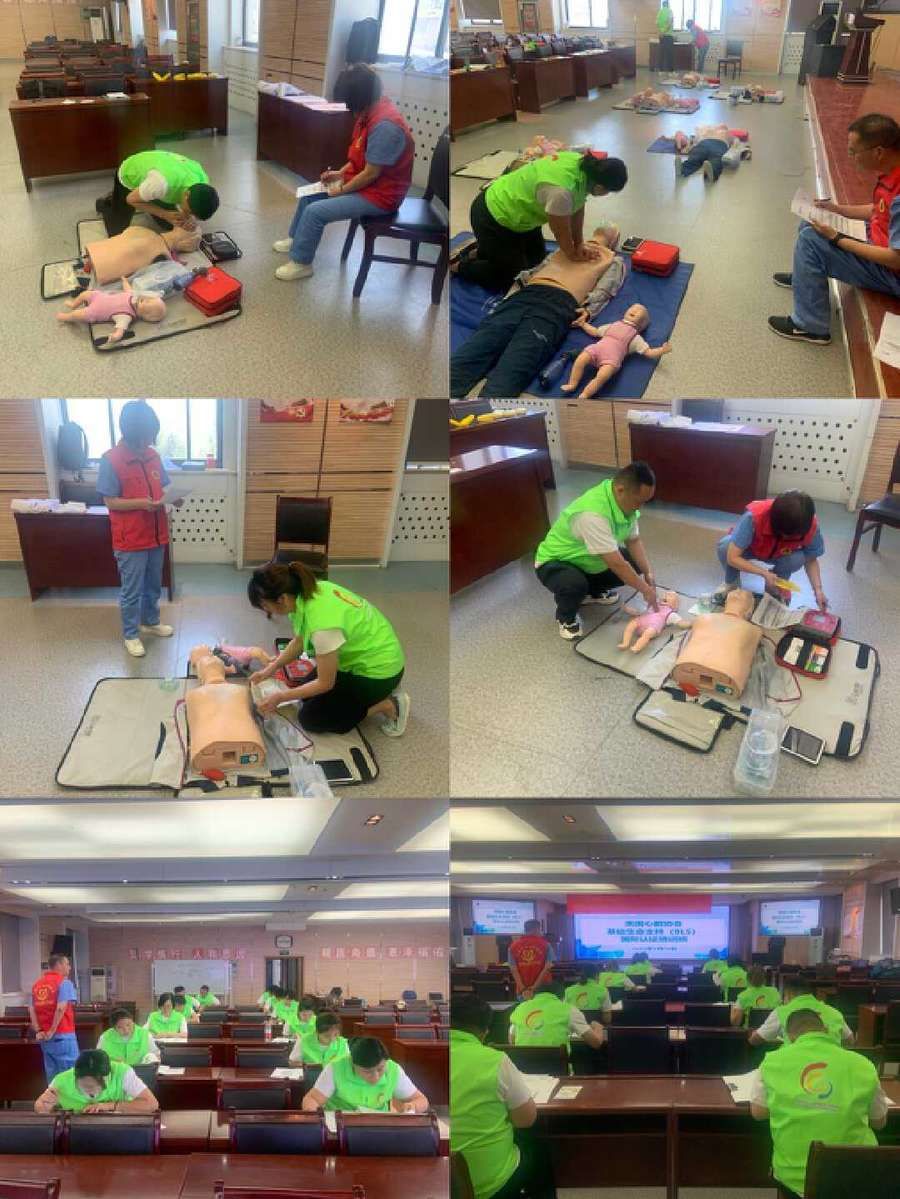
It is reported that during cardiac arrest, the cerebral cortex tolerates hypoxia for only 4 minutes, and then cortical cells begin to irreversibly damage and die. Correct rescue within 4 minutes of cardiac arrest has a success rate of nearly 50%, so the first-aid knowledge of the first witness at the scene is of great significance.
Through the lively explanations of professionals, the trainees can further understand the importance of the “Four Minutes of Golden Rescue”, and have a preliminary grasp of the sequence and key points of CPR. More importantly, for non-medical staff, the awareness and level of first aid have been improved, and the operating procedures have been standardized. I hope that in the future, more non-medical staff can understand the importance and necessity of learning CPR and put it into practice. , earnestly learn first aid knowledge, especially in the event of an out-of-hospital cardiac arrest, be able to show first aid skills, lend a helping hand, and save a life!